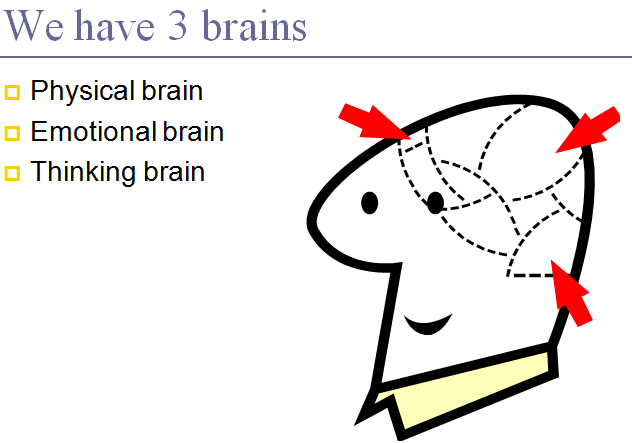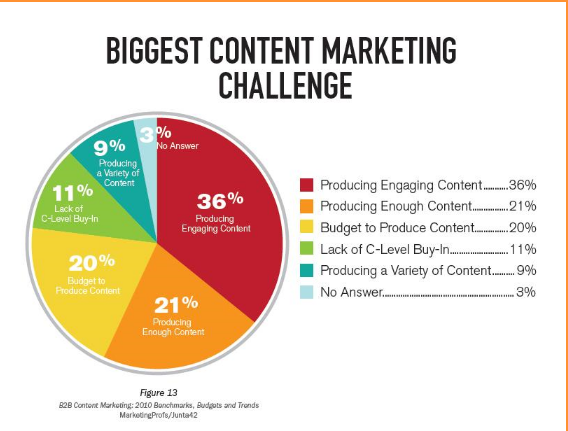 Through the magic of functional Magnetic Resonance Imaging (fMRI), neuroscientists are able to look inside the brains of consumers while reading marketing messages.
Through the magic of functional Magnetic Resonance Imaging (fMRI), neuroscientists are able to look inside the brains of consumers while reading marketing messages.
Copywriters and content marketers have been telling us for years how important it is to address the “what’s in it for me” filter in consumers’ minds.
Really Big News: They’ve found this WIIFM center located in the old brain!
Thanks to advanced scientific formulas and algorithms, we can now market directly to the subconscious mind and get anybody to do what we want without even knowing it!
I’m just kidding you… If that were actually true, it’d be really scary. It’s not that easy, neither is neuroscience easily applied to content marketing. Every time I read about a new neuromarketing study, it seems they’re only confirming what copywriters and marketers knew all along.
But here’s some new information, which could improve your marketing messages. Although we can’t directly cause people to do something, we can use knowledge of the brain to improve our chances of influencing their buying decisions. We can write better content because we understand how consumers make decisions.
We know more about the subconscious functions than ever before. We know what kinds of messages reach the emotional brain and the old brain, even though consumers aren’t aware of their influence. More importantly, we now understand that much of our decision making goes on in the old brain, out of conscious awareness.
Neuromarketing and science can help improve your content writing so that it has more of an impact on people in your target audience.
I just love this site: SalesBrain, a neuromarketing company. Founded by Christophe Morin and Patrick Renvoise, authors of Neuromarketing: Understanding the Buy Button Inside Your Customers’ Brains. The company does sales training using neuroscience as it applies to what influences buying decisions.
I recommend you visit the site, as it is clear and easy to navigate to find great information about buying decisions. I found the page on 6 ways to stimulate the old brain especially illuminating.
Here’s an excerpt: Read More→











